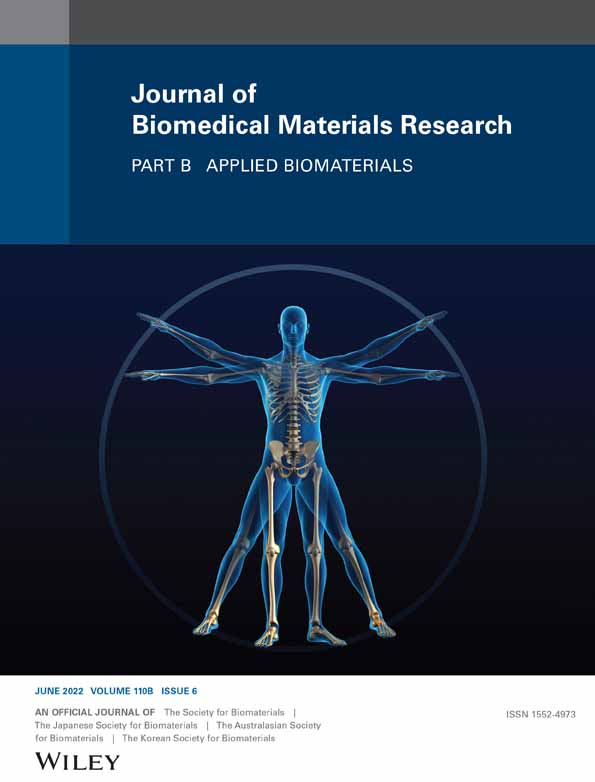In vitro cytotoxicity, macromolecular interaction and antioxidant potential of dual coated selenium nanoparticles
Abstract
The present research focuses on synthesizing selenium nanoparticles (Se NPs) coated with Methionine and Folic acid. selenium-methionine-folate nanoparticles (Se-Met-Fa NPs) were prepared by the chemical precipitation method. These were characterized by UV–Vis spectroscopy, FTIR, X-ray diffraction, Zeta potential, ICP-AES, TEM, and Raman spectroscopy. The average diameter of nanoparticles was determined by TEM was 50 nm. In Vitro viability of cells exposed to Se-Met-Fa NPs were studied using MTT and AO/EB assay. Approximately 80% of cells were viable at 100 μg/ml concentration after 24 h of incubation, suggestive of the safety of nanoparticles. Macromolecular interaction studies were carried out with plasmid DNA and Bovine serum albumin (BSA) protein. UV–Vis Spectroscopy showed ground state complex formation of Se-Met-Fa NPs with BSA. Intrinsic fluorescence of BSA was quenched by Se-met-Fa NPs via Static quenching and was observed under Spectro-fluorimetry. Conformational structural change in α-Helices of BSA was observed to be 4.4% after the interaction with Se-Met-Fa NPs, and it was studied using CD spectroscopy. At 250 μg/ml Se-Met-Fa NPs prevented oxidative damage of Plasmid DNA. The total antioxidant property of Se-Met-Fa NPs expressed in terms of scavenging of free DPPH radicals. Ten micrograms per milliliter could inhibit 41% of DPPH, proving its scavenger role at the lowest concentration. Nanoparticles comprising antioxidant semi-conducting cores and encapsulated by biomaterials that are highly bioavailable can be promising therapeutic agents for inflammation and oxidative stress disorders studies.
CONFLICT OF INTEREST
The authors declare no potential conflict of interest.
Open Research
DATA AVAILABILITY STATEMENT
The data that support the findings of this study are available from the corresponding author upon reasonable request.




